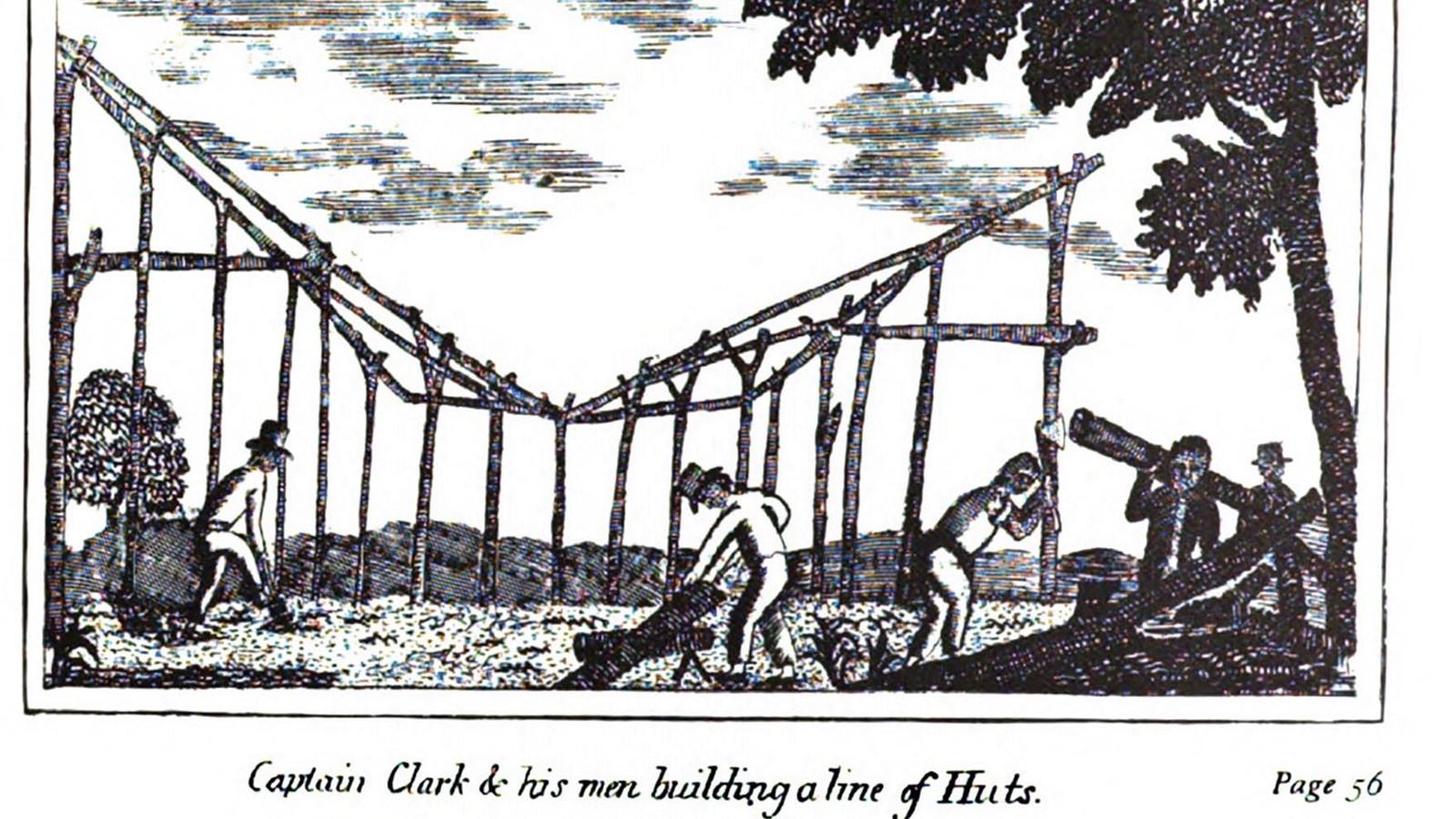Last updated: December 13, 2023
Place
Patrick Gass Gravesite

HathiTrust
Quick Facts
Location:
161 22nd St, Wellsburg, WV 26070
Significance:
Patrick Gass, a member of the Lewis and Clark Expedition who was promoted to sergeant during the journey, is buried here.
Designation:
Lewis and Clark National Historic Trail
Amenities
1 listed
Parking - Auto
Lewis and Clark NHT Visitor Centers and Museums
Visitor Centers (shown in orange), High Potential Historic Sites (shown in black), and Pivotal Places (shown in green) along the Lewis and Clark National Historic Trail
Gass was the last living member of Lewis and Clark’s crew. Did any of his neighbors in Wellsburg know about his life story?
Born in Pennsylvania’s rolling hills, Gass spent his childhood in Pennsylvania and Maryland. He joined the Army as a young man and spent two years serving in what the United States then called the Northwest Territory, which consisted of much of the land around the Ohio River. The Army troops that Gass served with were here to clear Indigenous people from the region to make room for White settlers.
Gass trained as a carpenter and helped build Fort Kaskaskia. He did most of the carpentry and design for Lewis and Clark, including the construction of the crew’s winter quarters in Mandan territory and Clatsop territory. Having a carpenter on the crew was also handy when a boat needed repairs.
After Sergeant Charles Floyd’s death, Gass was elected by his peers to step into the role of sergeant. He kept a journal as part of his duties in the new position, despite lacking a formal education.
After he arrived home from the expedition, a schoolteacher named David McKeehan asked Gass if he would consider publishing his writings from the trip. McKeehan filled out missing holes and polished up the story to make it easier to read—more of a narrative than diary entries. McKeehan published the book in 1807. It was the first published account of the Lewis and Clark Expedition (Lewis and Clark’s journals were not published until 1814).
Gass made little money from sales of the book. He sometimes struggled to feed his family in Wellsburg. And then, the man who first popularized the Lewis and Clark Expedition died quietly almost sixty-five years after the journey finished.38
Did anyone in Wellsburg ever read Gass’s book? Did people traveling up and down the river know that one of the people who helped the U.S. government colonize the western parts of continent was quietly living here, raising children and farming?
About this article: This article is part of a series called “Pivotal Places: Stories from the Lewis and Clark National Historic Trail.”
